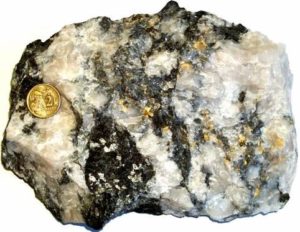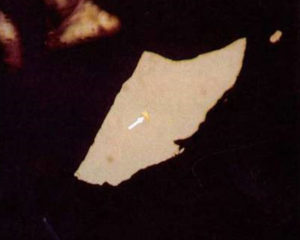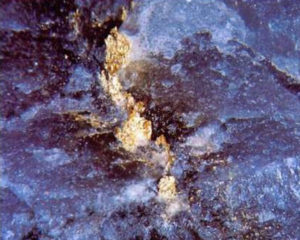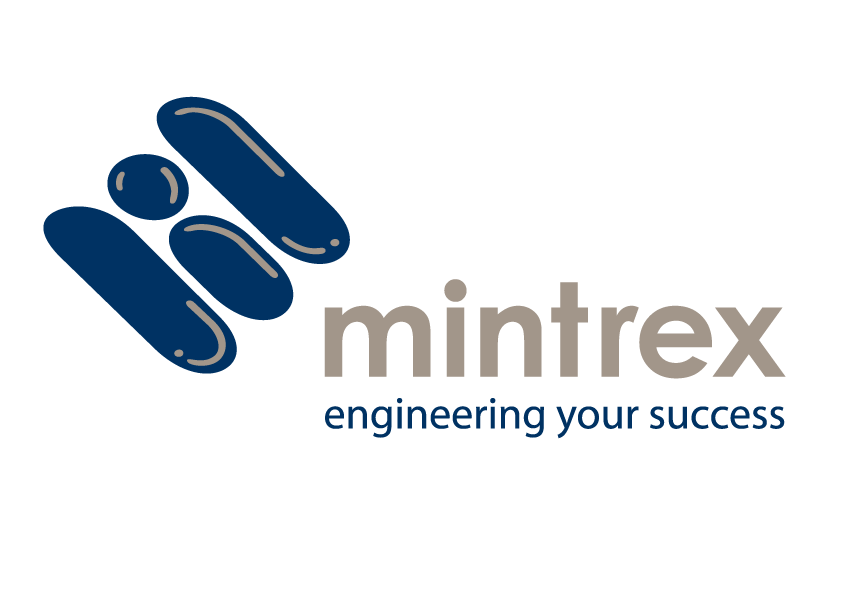The Challenge to Extract Gold from Complex Ore Bodies
 Overcoming the challenge to extract gold from complex ore bodies is a more frequent occurrence as simpler orebodies are depleted. Combining technical expertise with understanding of mineral extraction economics allows Mintrex to assist clients to deliver value for our clients.
Overcoming the challenge to extract gold from complex ore bodies is a more frequent occurrence as simpler orebodies are depleted. Combining technical expertise with understanding of mineral extraction economics allows Mintrex to assist clients to deliver value for our clients.
Once gold ore has been mined, the process of separating the gold bearing ore from waste material and extracting the gold from its associated minerals, can have unique challenges.
Ores from which gold can be extracted easily, without resorting to alternative processes such as pressure leaching or other intense chemical treatment, are usually referred to as free milling ores. The treatment of these ores was the norm for most gold ore bodies world-wide until about 2000.
Free milling ore bodies, by definition, can be milled easily. You can also extract the gold easily using standard gravity and CIL/CIP processes using cyanide as lixiviant (gold extractions > 90%).
This principal also applies to most precious metals, but is relevant for gold specifically. In the case of gold, like any metal/mineral, if we find something near the earth’s surface, or slightly deeper, providing it was free milling, we would extract it – because of that simplicity.
However, as time goes on, many of these rich free milling ore reserves (open pit and underground) are being depleted. Of course, you do still find them occasionally, but they are often quite small or lower in grade (<1 g/t Au) and not always economic to extract.
If the gold is not close to the earth’s surface, it may still be economic to mine and extract it if there is sufficient grade. This mining of higher grade, richer, gold containing ore bodies from deeper underground is becoming the norm in South Africa and many other countries as well.
Many high grade, gold bearing ore bodies have been known for some time but have been considered too difficult or uneconomical to extract due to their properties. They have been passed around from junior to major – and back again. They require a realistic, economical process (or price) to extract the gold.
The name refractory is often applied to these ores. Refractory generally means that you are getting gold extractions of less than 90%. Refractory is a term that has been misused in the past to describe only a situation where the gold recoveries are less than 90%. However, refractory has also been used as a term to describe gold enclosed or locked in other minerals and uneconomic to extract.
So overall, refractory ore means that it will not be easy to extract the gold for either one or all three main reasons:
- Economic constraint i.e. deeper and more difficult to access making it uneconomical to mine (depending on grade).
- Ore characteristics (hardness, toughness, abrasiveness) i.e. more enclosed in quartz or similar host rock, harder to mill, more costly to mill.
- Mineralogy (ore characteristics) i.e. more enclosed in sulphide minerals or other minerals. It can also frequently be associated with copper bearing minerals. All these require a more complex or adapted extraction process.
So, if an ore body becomes more refractory, it means that the standard extraction and mining processes are not going to give you acceptable economic results.
We must do something different to make this economical and worthwhile. Whilst that makes it riskier for investors, the risk can be reduced with expert technical advice.
How Do We Treat Refractory Ore?

When dealing with refractory ores, the question becomes: how do we adapt our process to extract the gold economically?
For harder free milling ores, and ore where gold is locked in non-sulphide minerals, it can either be treated with a more complex milling circuit (more energy) or by adapting the circuit to add gravity or ultra-fine grinding of gravity concentrates for example.
However, refractory ores where there is gold locked in, or closely associated with, sulphides such as pyrrhotite, pyrite and chalcopyrite (called labile sulphides) and/or associated with other base metals such as copper (and its associated minerals), need to be treated differently to extract the gold economically.
The iron and copper from these sulphide minerals can, when broken down, consume large quantities of reagents which can make the extraction process expensive for example. If the gold is locked in these sulphide minerals it is usually finely disseminated and fine grinding is needed to liberate the gold.
Thus, we must adapt for it by changing the process circuit in various ways depending on the ore body (mineralogy). Flotation of the ore to produce a sulphide concentrate, followed by ultra-fine grinding of the concentrate is one example. Pressure leaching and Albion Process are some others – to name a few.

In process engineering, our usual approach is to adapt the existing standard free milling circuits by adding or changing a unit operation to enhance the gold extraction from these refractory minerals only – rather than treating the whole stream. The main aim of the adapted design is to only treat the refractory portion of the ore body by liberating the gold, and not to treat the complete ore body with this more expensive advance process. You can still treat the free milling ore by conventional processes economically.
Ore sorting is another process gradually becoming more acceptable. The purpose of this step is to separate and concentrate the ore containing the gold from the waste material so that we treat only a smaller stream.
Our preference in the search for economical treatment is always to treat the refractory ore body portion separately – if possible. Because if that is not possible, the whole stream must be treated – often the treatment is uneconomical.
The Role of a Trusted Advisor
Given the complexity that we have described above, it is critical to seek specialist advice on how to design and/or adapt a plant to handle these complex ore bodies, especially if you are adapting an existing free milling process plant.
Often a large part of the plant can remain relatively standard – perhaps 80%. However, it is the remaining 20% that requires specialist expertise.
That 20% can make a very large difference to both capital and operating expenses. It can also make an enormous difference to gold recovery and hence the economics and viability of the project.
At Mintrex, we have a highly experienced team of trusted advisors who have outstanding real-world experience dealing with these complex issues.
As a client, you want to be confident that your engineer has had hands-on experience working with these complexities. You want to be confident that they have the expertise to design a plant to extract the gold in an economical way.
At Mintrex, our goals are simple. To provide you with a plant that simply works and to provide trusted advice to our clients so that we can Engineer Your Success.






